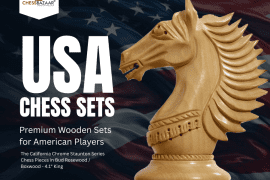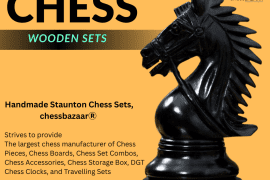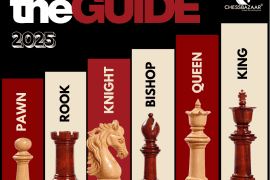Chess is more than just a game—it’s a legacy. A dance of minds across centuries. From majestic palaces to medieval monasteries, chess has been cherished by emperors, warriors, monks, and visionaries. But while strategies have changed over time, the physical form of the game—the chess set itself—has evolved into something deeply artistic and cultural.
Today, we celebrate the 9 most iconic historic chess sets ever created—each a living piece of history, carved with meaning and magnificence.
1. Russian Chess Set – Late 18th Century
During the final decades of Imperial Russia, chess sets were not merely gaming tools—they were luxury collectibles of the elite. Crafted using exotic woods like Karelian birch, polished brass, ivory, and silver, these sets embodied the grandeur of Russian aristocracy. The figures often mimicked the military and nobility: Cossack-style knights, czar-like kings, and courtly queens dressed in traditional Russian attire.
Every piece from a Russian 18th-century chess set radiates refinement, standing proudly as a reflection of a powerful empire on the cusp of change. Many such sets were gifted to dignitaries or kept in royal chambers, where strategy met splendor.

2. Indian Chess Set – Late 18th Century
India’s connection to chess runs deep—it’s where the game originated over 1,500 years ago as Chaturanga. But in the 18th century, Indian craftsmen turned functional chess pieces into elaborate storytelling sculptures. Carved primarily in ivory, sandalwood, and ebony, these sets portrayed elephants, horses, and warriors that looked more like figures from royal paintings than board game tokens.
These sets often had region-specific styles—Rajasthan favored bold, rounded designs, while Tamil Nadu introduced temple-like shapes. Many pieces were dyed with natural pigments or inlaid with semi-precious stones. These were not merely games; they were family heirlooms passed across generations, soaked in both culture and pride.
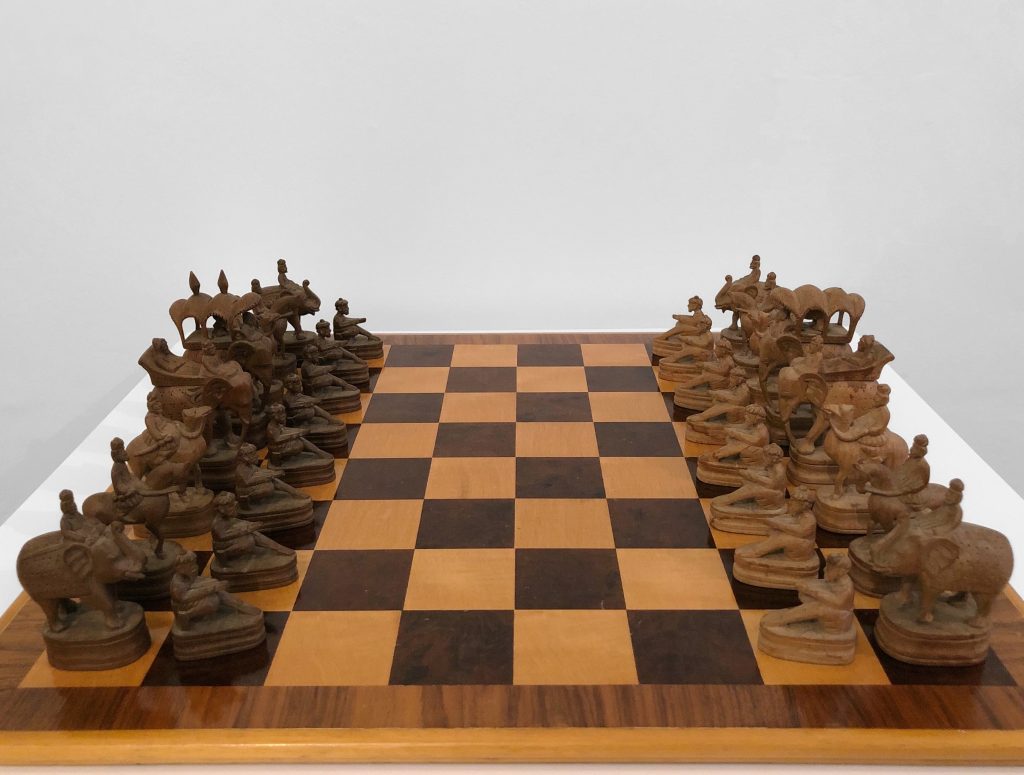
3. Lewis (Uig) Chessmen – 12th Century
Unearthed from a sand dune on Scotland’s Isle of Lewis in 1831, the Lewis Chessmen are the most famous medieval chess pieces in the world. Crafted from walrus ivory and whale teeth, these pieces feature expressive, even humorous, faces—some warriors chew their shields in fury, while bishops seem lost in prayer.
Scholars believe they were made in Norway, a reflection of the Norse influence on the British Isles at the time. The set is a beautiful contradiction—grotesque yet charming, primitive yet poetic. These chessmen have inspired countless replicas, movies, and even appeared in Harry Potter!
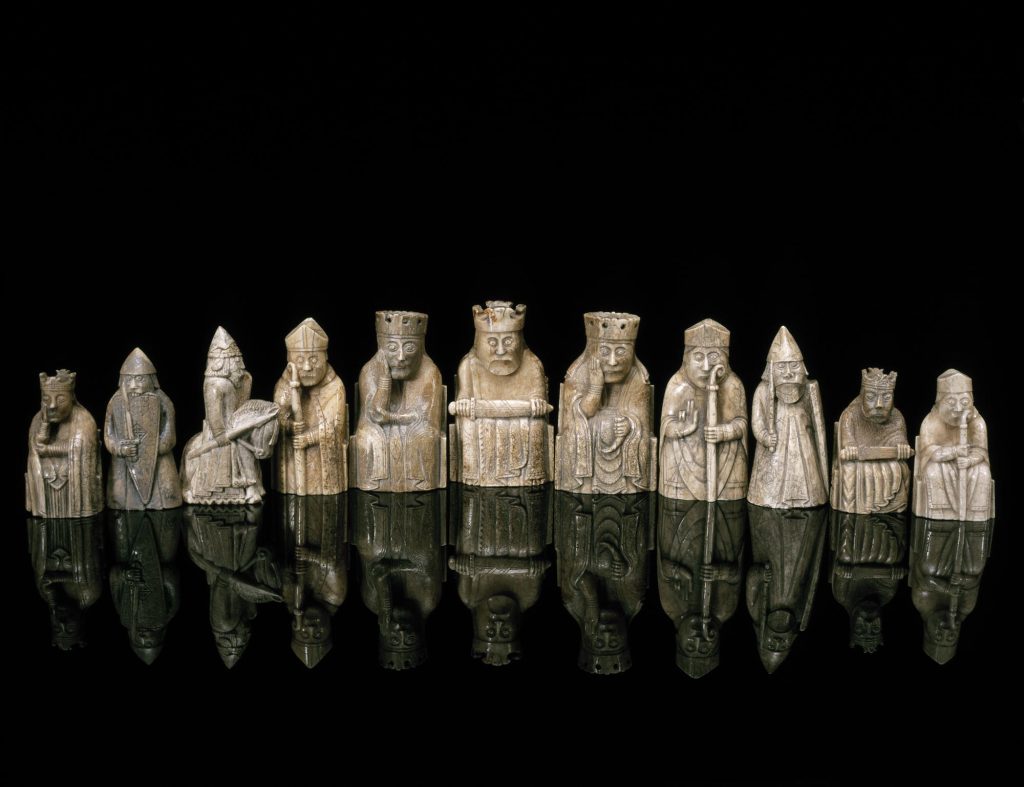
4. Charlemagne Chess Set – 11th Century
Wrapped in legend, this set is believed to have belonged to the mighty Emperor Charlemagne, the “Father of Europe.” Whether or not he actually owned it, the set attributed to him is an extraordinary masterpiece—carved from crystal, agate, ivory, and gold.
The pieces depict imperial warriors in Roman attire, religious figures, and Gothic-inspired bases. A fusion of Christian symbolism and imperial authority, this set is considered a cornerstone of medieval chess culture. Housed today in the Cabinet des Médailles in Paris, it is more relic than toy—more throne room artifact than game board.

5. Persian Chess Set – Late 11th to Early 12th Century
Chess in Persia evolved from the Indian Chaturanga into a new form: Shatranj. Persian chess sets from this period are famed for their abstract beauty. Instead of figures shaped like humans or animals, pieces were represented with geometric designs—reflecting Islamic tradition, which discouraged lifelike depictions.
Materials ranged from glazed ceramic and soapstone to glass and precious metals. Every piece was designed with aesthetic harmony and symmetry in mind. The Persian set was more than a board—it was a tribute to the intellectual and spiritual essence of chess.
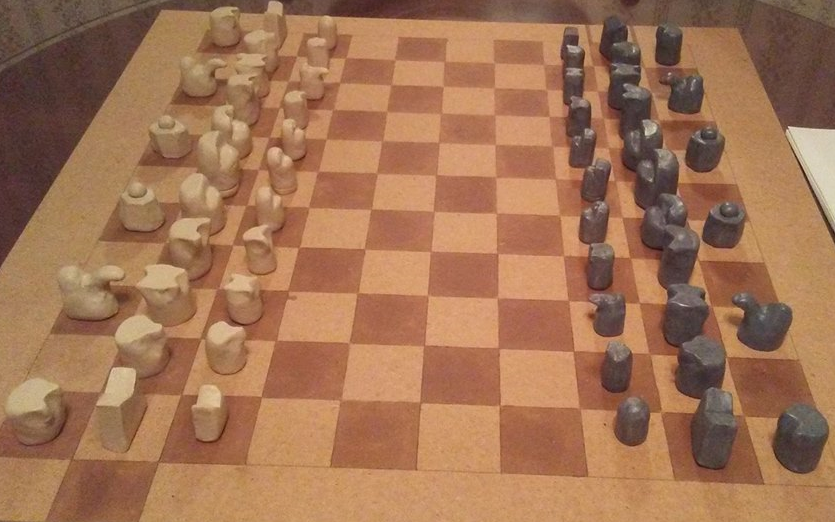
6. Ager Chessmen – Year 1021
Discovered in Ager, Spain, this early medieval set represents a pivotal time when Islamic and Christian cultures intertwined on the Iberian Peninsula. The pieces, carved from bone and rock crystal, bear a simplistic yet elegant design rooted in Romanesque art.
The Ager Chessmen are believed to be among the earliest European chess artifacts. Though lacking facial features or dramatic flair, they carry tremendous historic weight. Their minimalist curves and forms offer insights into how chess traveled, adapted, and transformed across cultural lines during the early 11th century.

7. Mozarab Chess Set – 10th Century
Mozarabs were Christians living peacefully under Islamic rule in medieval Spain, and their unique position allowed them to blend cultural identities. The Mozarab Chess Set is a glowing example of this—where Arabic geometry meets Christian symbolic order.
Crafted from wood or stone, the pieces were shaped abstractly, resembling towers, domes, or crosses, depending on their symbolic roles. They weren’t just for gameplay—they were philosophical representations of coexistence. These sets reflect an era where culture flourished across religious and political lines, with chess acting as a common thread.
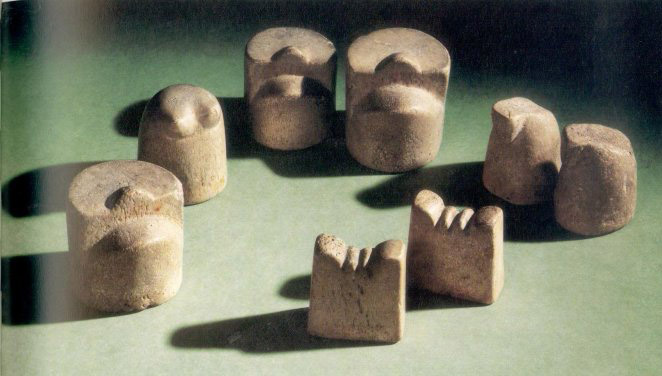
8. Venafro Chess Set – Early Medieval (Exact Date Unknown)
Unearthed in Venafro, Italy, this obscure yet fascinating set has mystified archaeologists. Its pieces, shaped like totems or miniature sculptures, suggest ceremonial or religious use. Some are so abstract that it’s unclear which is the king or knight.
Unlike other sets made for competitive play, the Venafro Chess Set may have served as a teaching tool, spiritual symbol, or social token. With no complete rulebook or context, it remains an open-ended artifact—quiet, mysterious, and deeply medieval. Historians call it “one of chess’s oldest secrets.”

9. San Gennaro Coral & Silver Chess Set – 18th Century, Naples
This jaw-dropping Baroque masterpiece was likely created in Naples, Italy, during the reign of the Spanish Bourbon dynasty. Made with red Mediterranean coral and sterling silver, each figure is more sculpture than pawn—crafted by skilled goldsmiths for display in cathedrals or royal salons.
Inspired by Christian saints, Italian nobility, and religious iconography, the San Gennaro set is sacred and elegant. It was meant more for admiration than play—a showpiece of faith and fortune, often gifted to popes or kept in treasure rooms of churches.

Final Word: A Legacy Beyond the Board
Each of these 9 chess sets carries with it a living history. They speak of kingdoms, cultures, and craftsmanship that transcended the game itself. Whether made of ivory, coral, or crystal—whether used for war planning or royal leisure—they are silent guardians of stories that shaped the world.
So next time you hold a knight or move a queen, remember—you’re not just playing a game. You’re holding a piece of time.
